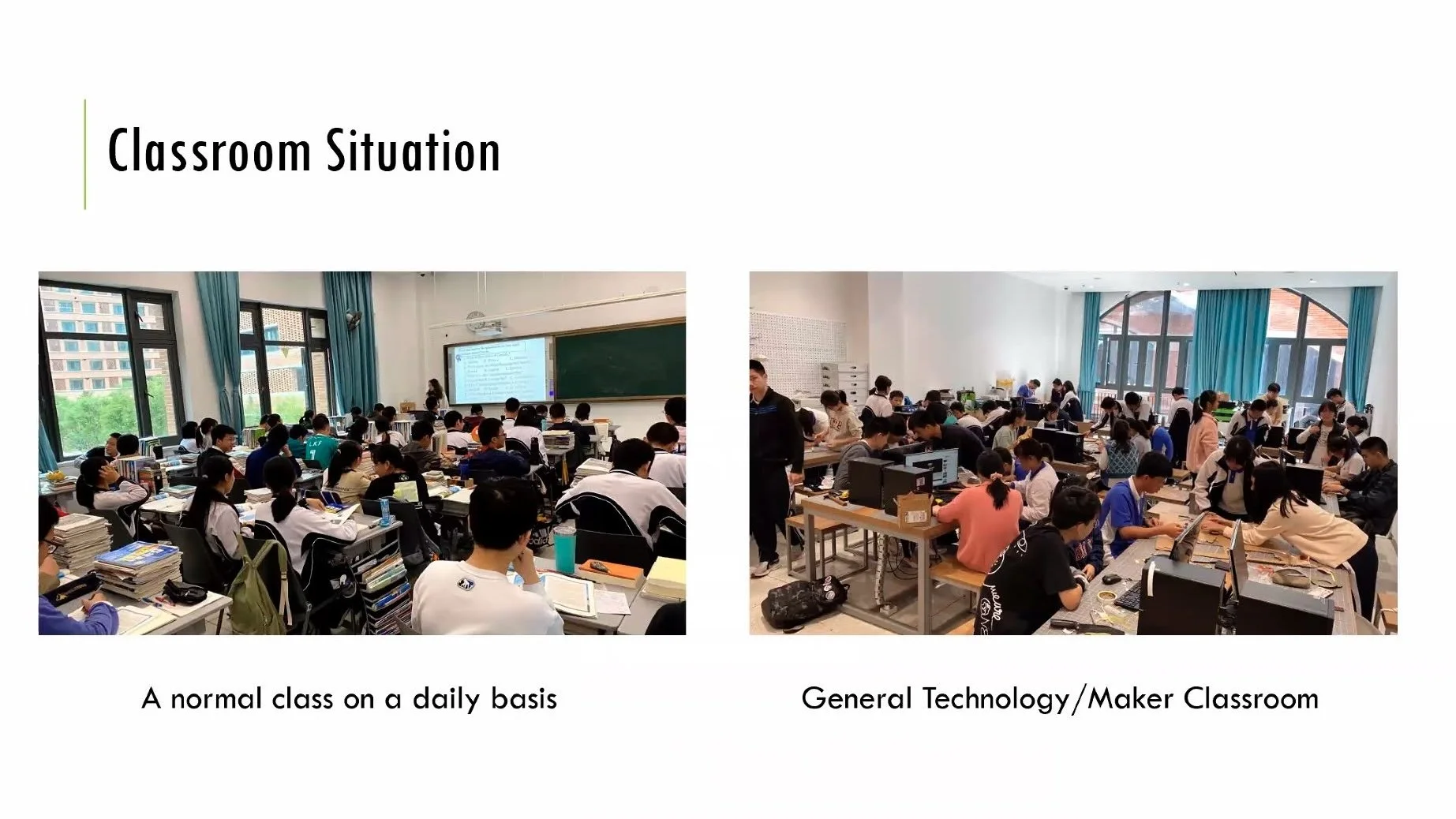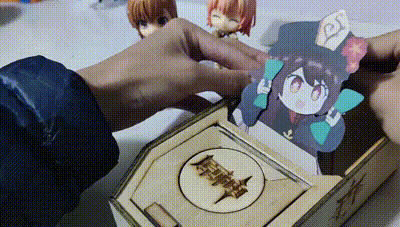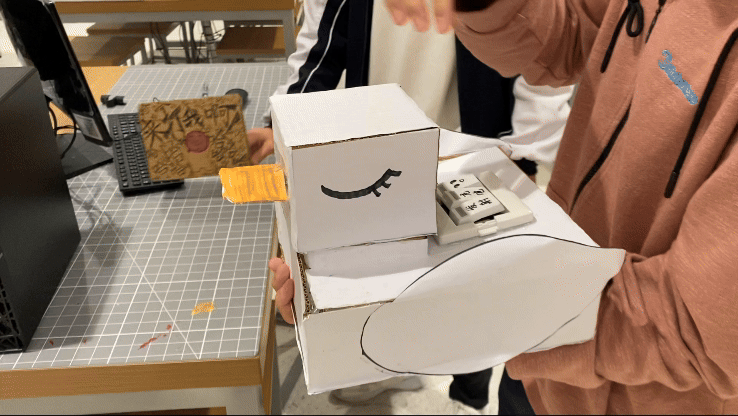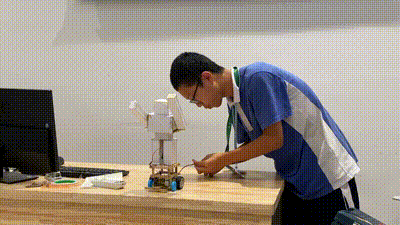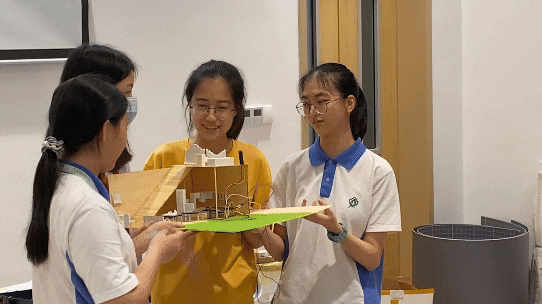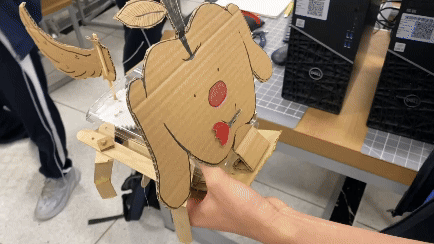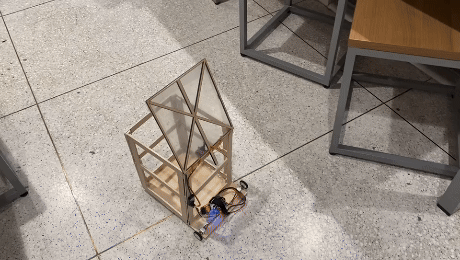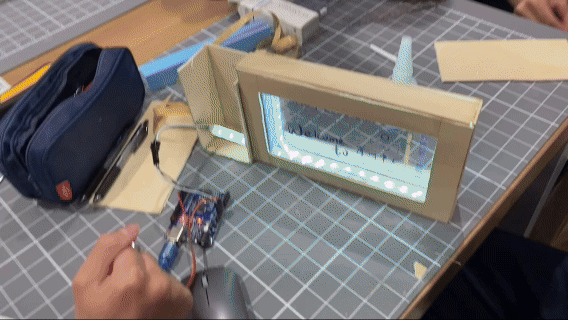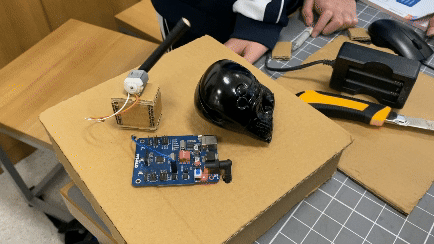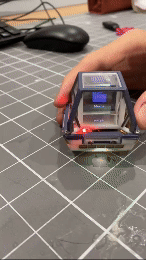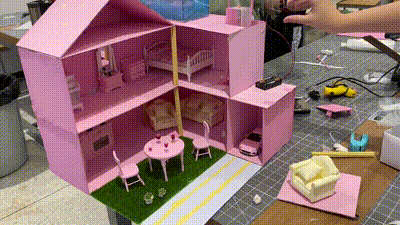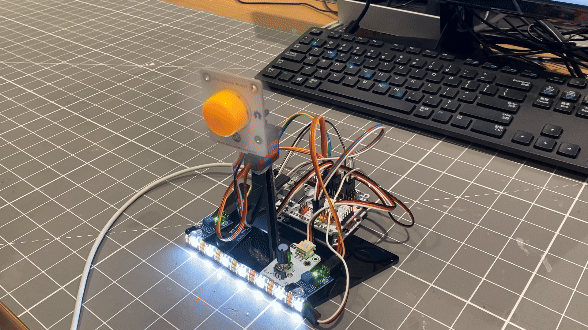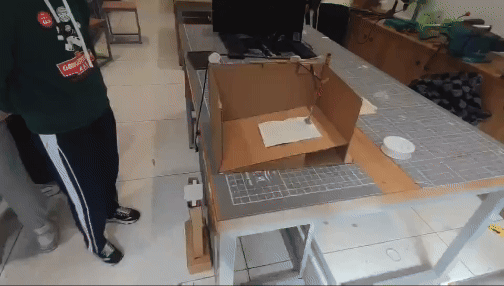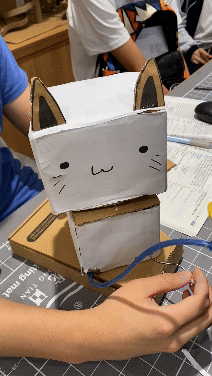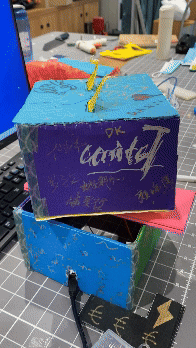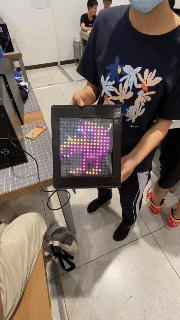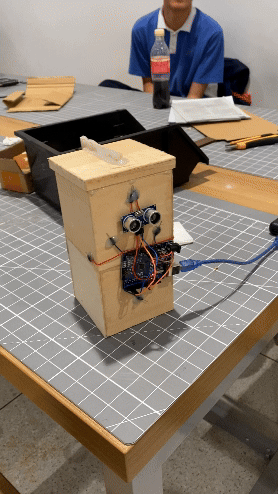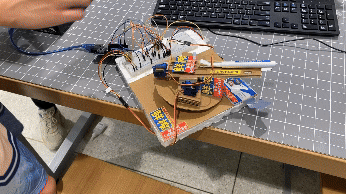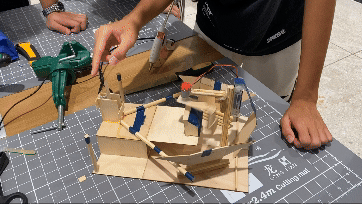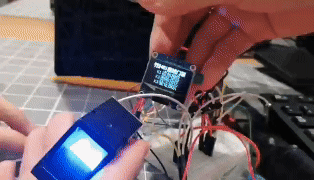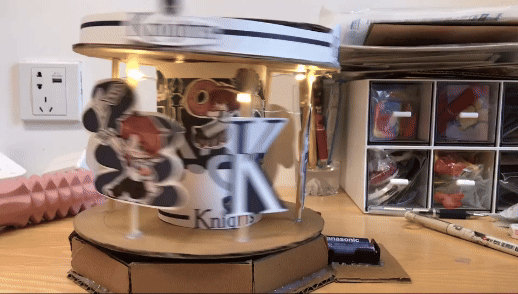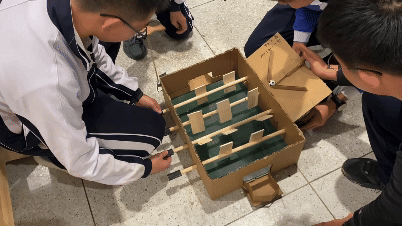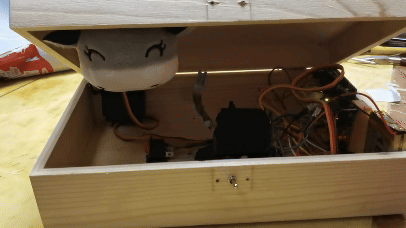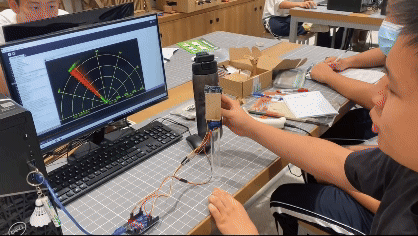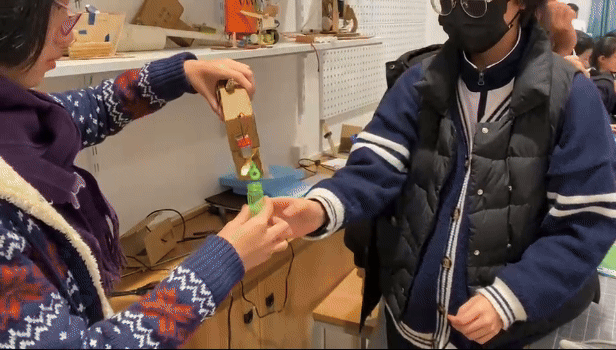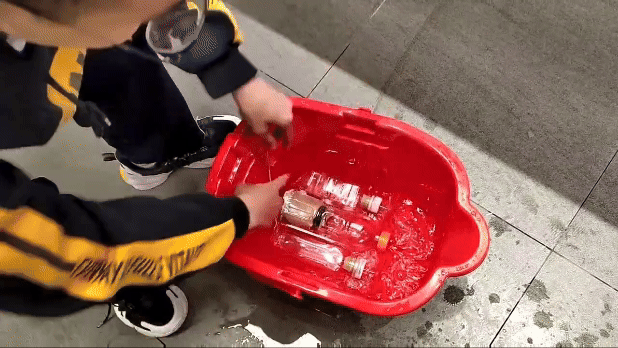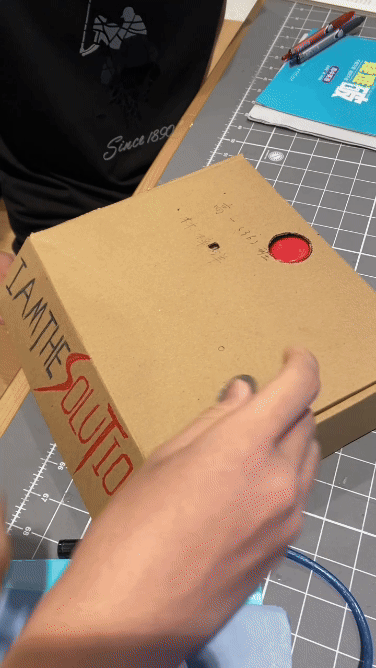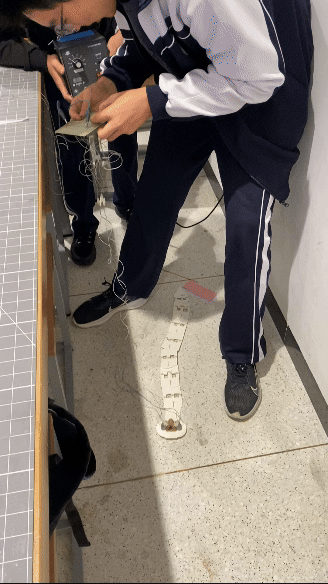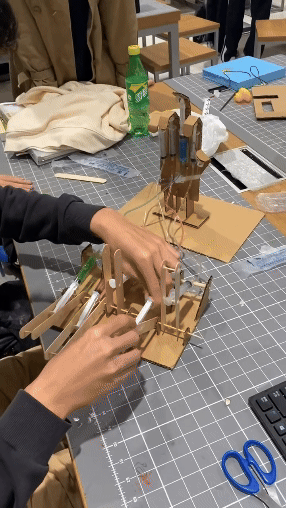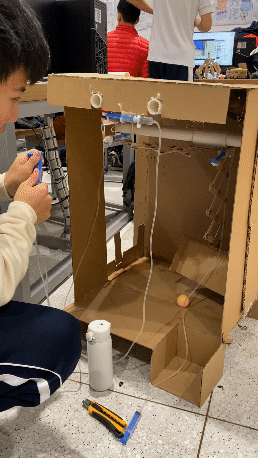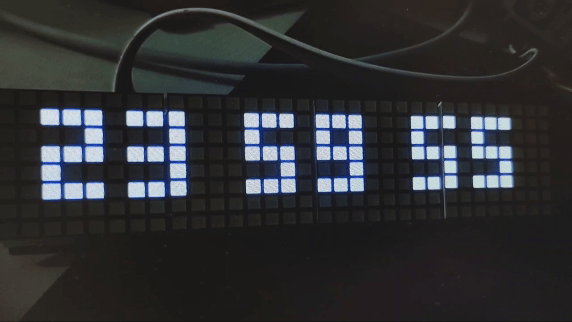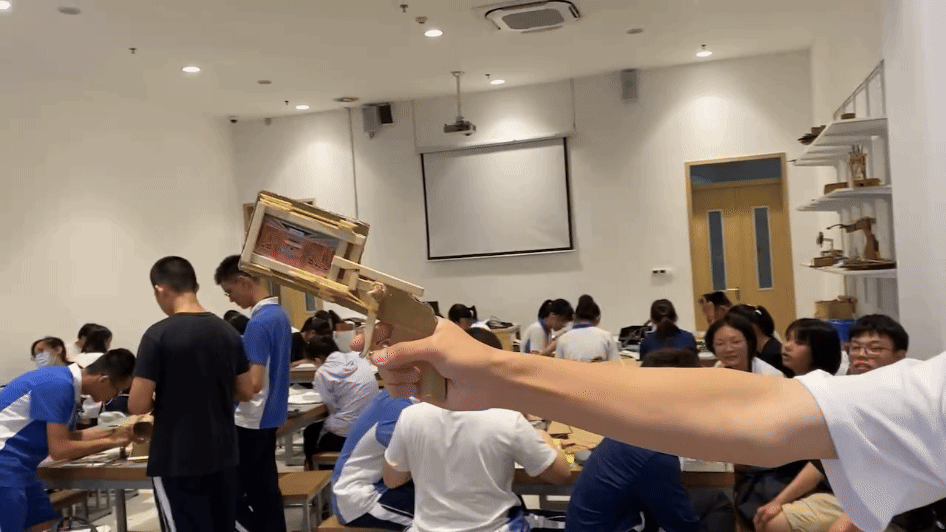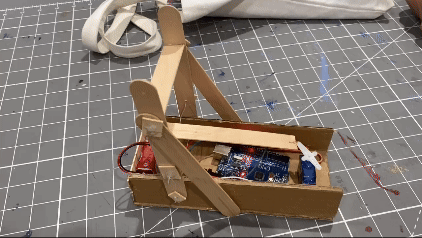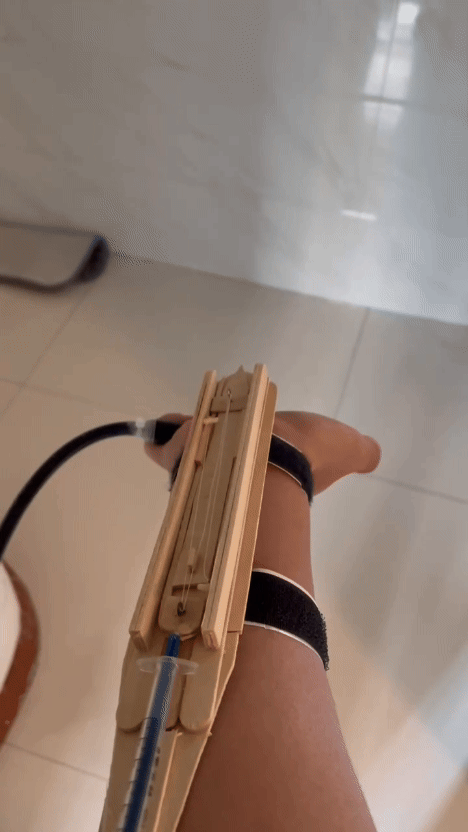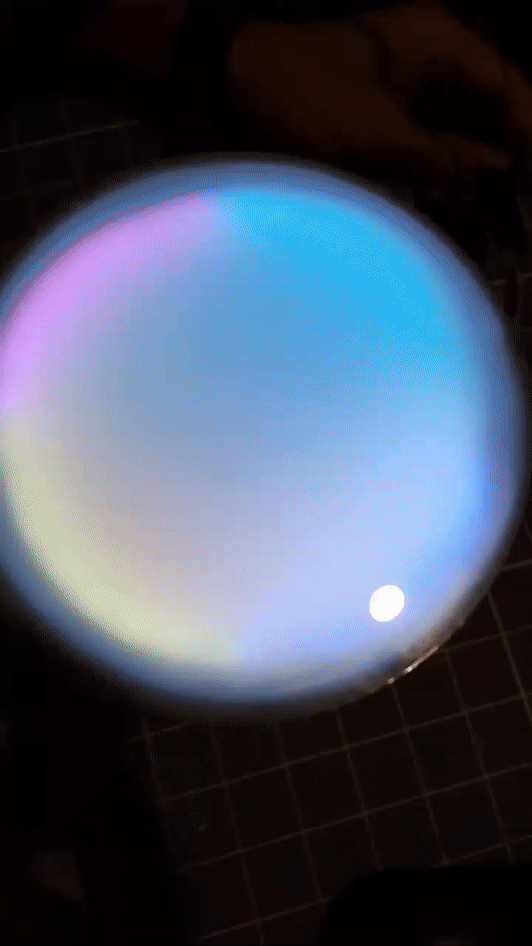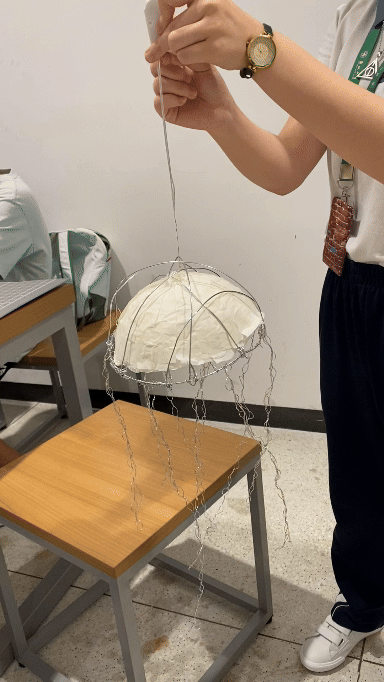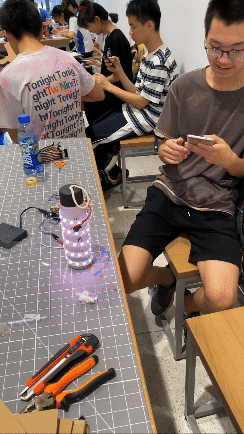Redesign the Maker Classroom in China
In traditional Chinese secondary and high school classrooms, students are passive recipients of information, while teachers are the central learning figures. Students are expected to complete learning tasks for teachers, with the learning process resembling a lecture rather than a dialogue. Before I started my teaching career, most maker education classes in high schools in China followed a similar format.
During my three years teaching tech product design and project-oriented engineering at Shenzhen Middle School, I redesigned the curriculum that emphasize constructionism and metacognition theory, fostering a hands-on, inquiry-based learning environment. This approach encouraged students to question, discuss, collaborate, and independently manage projects. During my classes, I paid particular attention to marginalized and vulnerable students, using teaching methods promoting equity and inclusion. Inspired by Carl Rogers' humanistic view of counseling, I created a learning community built on trust, allowing students to explore their interests and develop their own learning agency. Additionally, I introduced the philosophy of technology, speculative design concepts, 3D modeling, and digital fabrication techniques, empowering students to solve real-world problems creatively and think beyond traditional design boundaries.
Student Projects in My Maker Class
Here are selected student projects from my maker classes, where students designed and created their dream toys—innovative concepts they had always envisioned but never had the opportunity to play with. These projects highlight the students' creativity and problem-solving abilities and demonstrate their capacity to integrate emerging technologies into the design and production processes. Through these projects, students engaged in hands-on learning, applying engineering principles, design thinking, and digital fabrication to bring their ideas to life. By combining technical skills with imaginative thinking, these creations reflect the student's ability to tackle real-world challenges and explore new possibilities, fostering an environment of inquiry, experimentation, and innovation.
